How Your Car Works
Your Guide to the Components & Systems of Modern Cars, Including Hybrid & Electric Vehicles
This booklet is part of a series published by Veloce for the Royal Automobile Club in the UK which will reward readers’ commitment to wanting to help themselves by learning more about their car with a 20% discount on their next service call! It’s small enough to fit into the glove box and even coat pocket but obviously you’ll want to read it before you ever need it!
This is a very basic treatise and focused on mechanical and electrical processes and principles, not “a long-winded pondering about how cars have shaped the history and direction of our society.” It avoids jargon but does assign correct names to the various bits so you can with some measure of confidence hold your own when the stern-faced driver of the breakdown truck wants to know why you called him out in the middle of the night.
Everything that makes a car work as intended is described in simple terms, shedding light on the inner workings of parts or components and how they relate to others. Linde, a committed DIYer with a Master of Sciences in Car Engineering not only knows what does what and why but can explain it so that you can too. A particular interest of his is the electric car which is why this book includes all manners of propulsion: diesel, gasoline, electric, fuel cell, hybrid and, in passing, possible future alternatives.
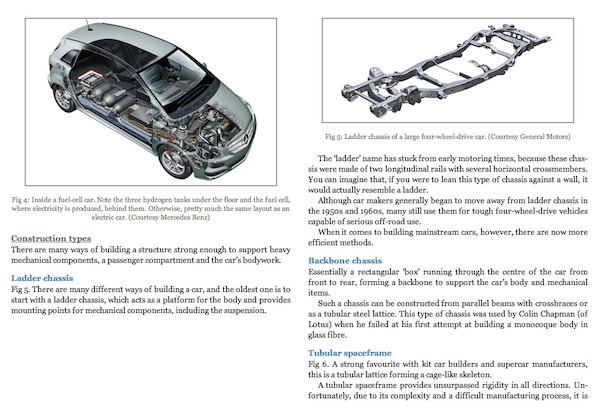 A hundred photos and drawings mostly supplied by car manufacturers augment the text and a few close-ups, presumably taken specifically for this book, illustrate detail issues. Of particular interest are colored flow diagrams but their very utility is hampered by the minimal annotation. A cutaway of an automatic transmission is a beautiful thing to look at but absent a detailed description that’s all it’s going to be. Likewise eight cutaways that each show one of six gears (plus reverse and neutral) engaged so as to illustrate the flow of power look impressive only until you start comparing one to the other, which involves a lot of page-flipping, only to conclude that they really show nothing that has practical application to the casual motorist.
A hundred photos and drawings mostly supplied by car manufacturers augment the text and a few close-ups, presumably taken specifically for this book, illustrate detail issues. Of particular interest are colored flow diagrams but their very utility is hampered by the minimal annotation. A cutaway of an automatic transmission is a beautiful thing to look at but absent a detailed description that’s all it’s going to be. Likewise eight cutaways that each show one of six gears (plus reverse and neutral) engaged so as to illustrate the flow of power look impressive only until you start comparing one to the other, which involves a lot of page-flipping, only to conclude that they really show nothing that has practical application to the casual motorist.
Beginning with a discussion of how a car’s body connects to the chassis or frame and what types of bodies are commonly found on passenger cars, the book describes in some detail propulsion systems, drivetrains, and electrical systems. A 2-page “Help Yourself” section is really more about preventive action and sounds/smells to pay attention to rather than specific troubleshooting tips. A brief Glossary explains bhp, mpg, cd, kWh, power and torque, and there’s an Index.
Copyright 2012, Charly Baumann (speedreaders.info).


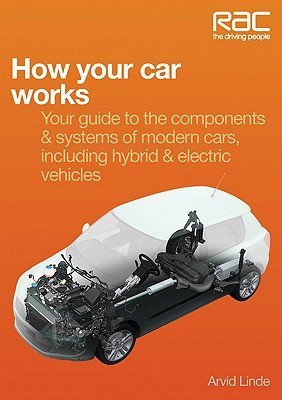
 RSS Feed - Comments
RSS Feed - Comments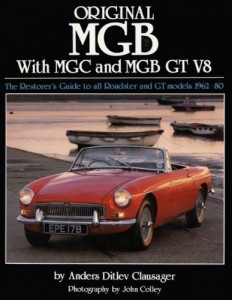


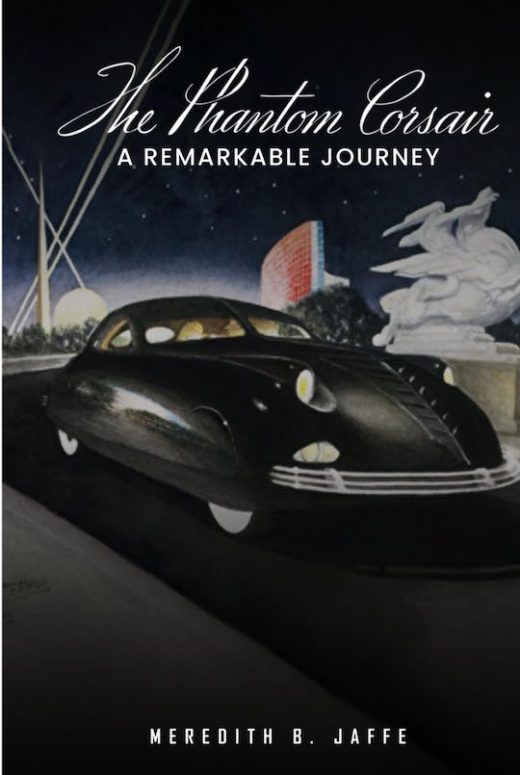
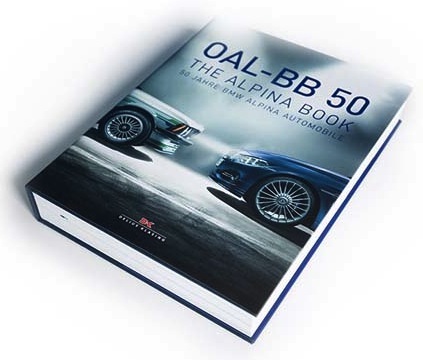





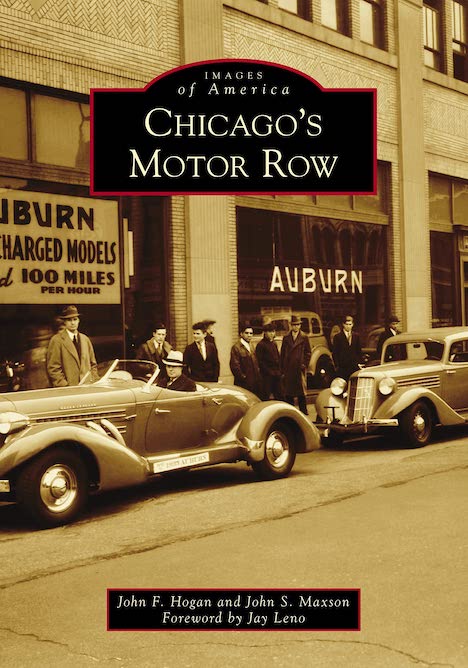
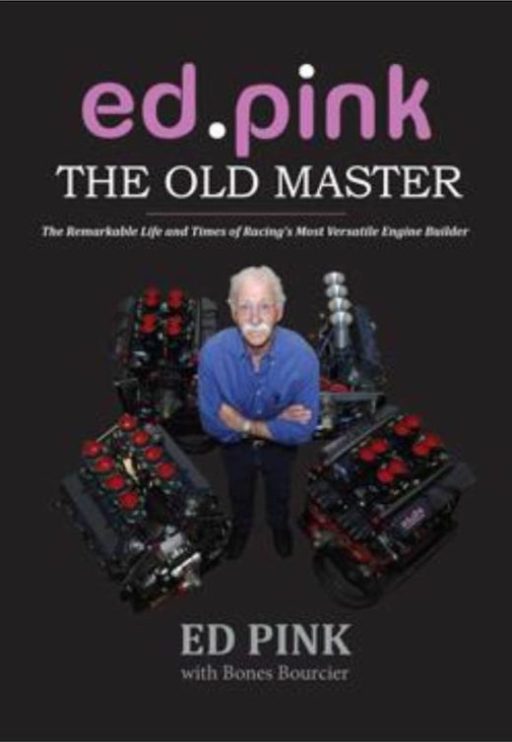
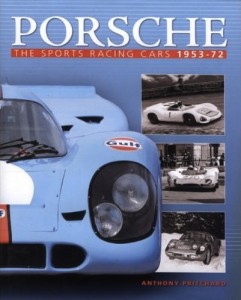

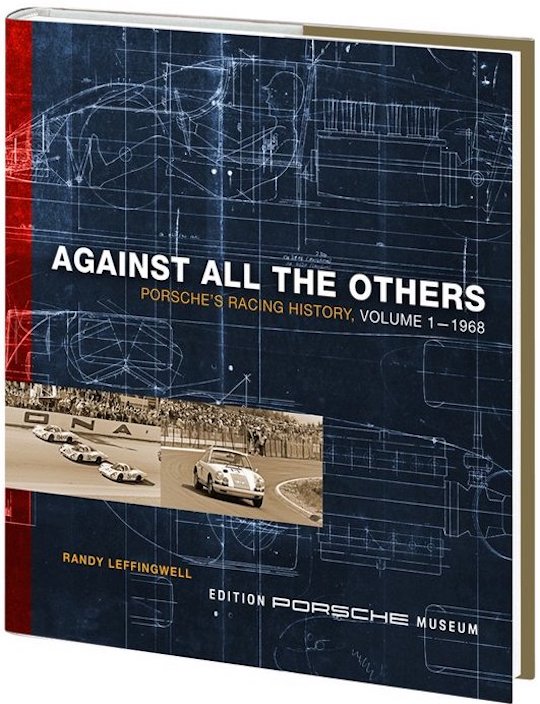


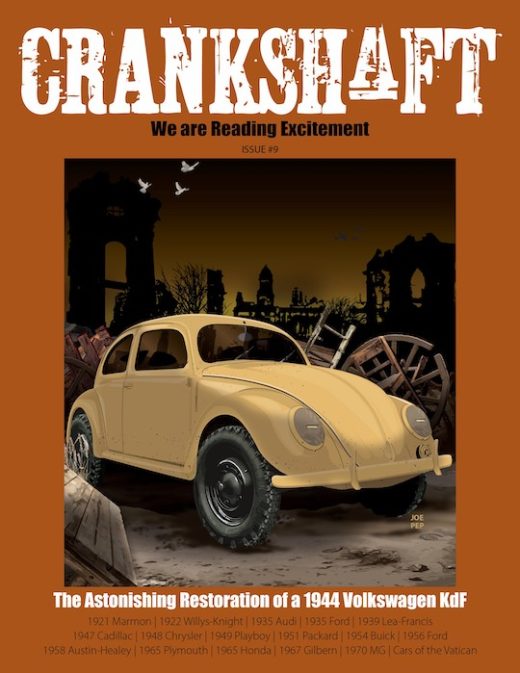


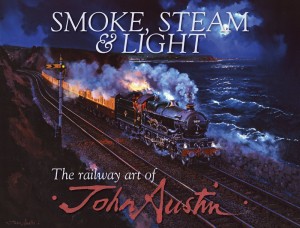
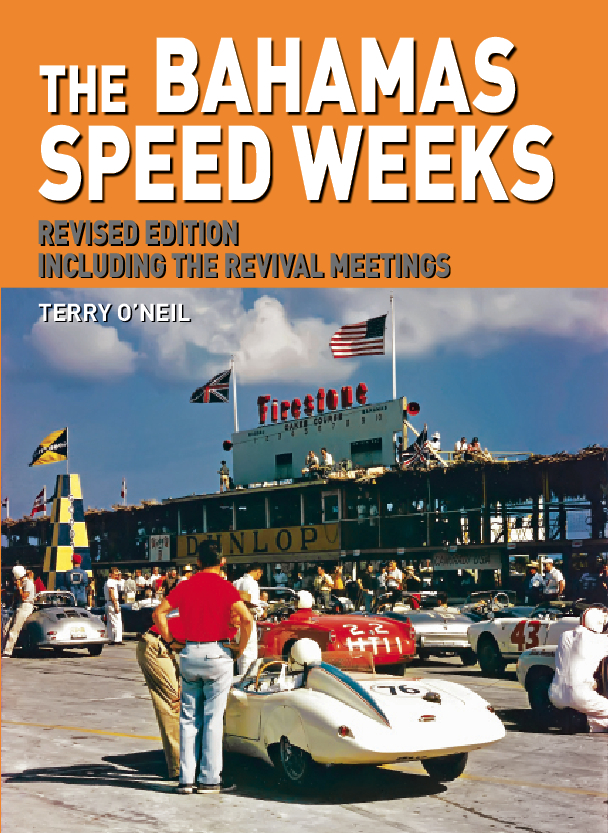

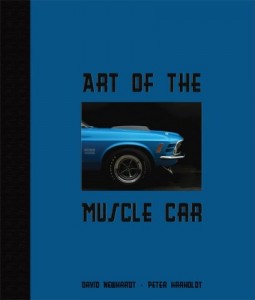
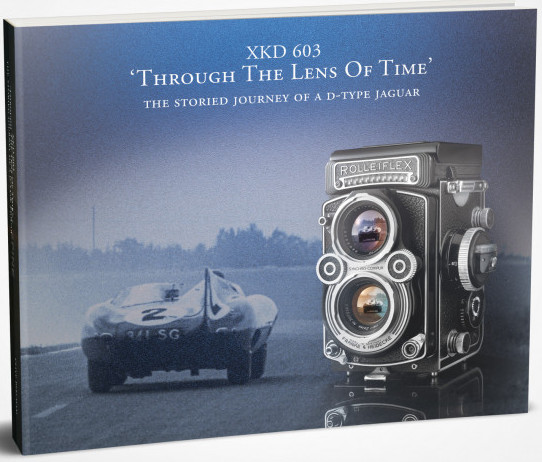

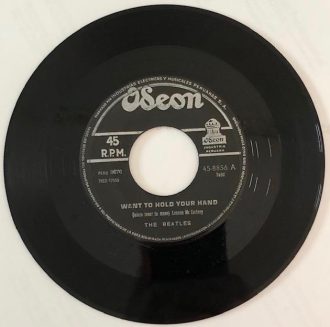


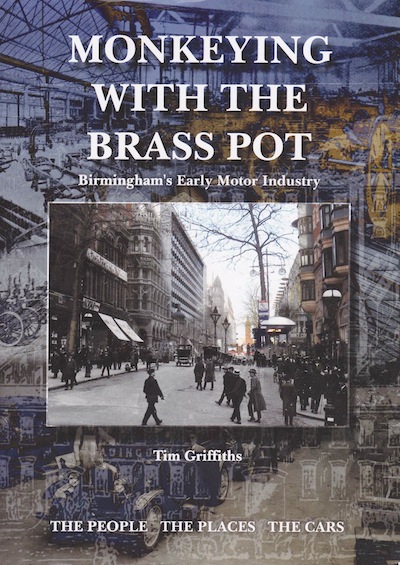
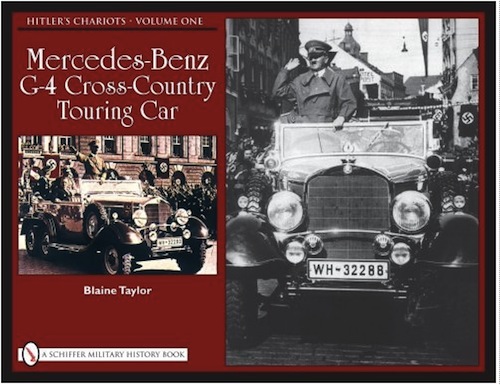










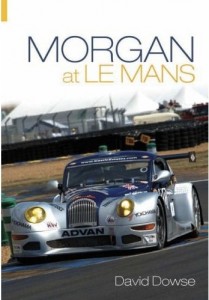
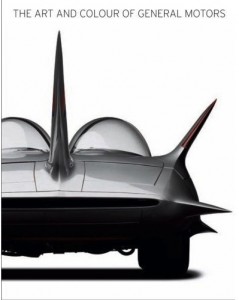

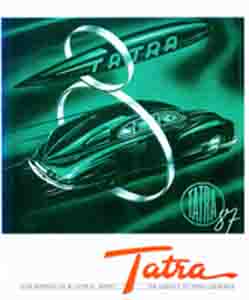





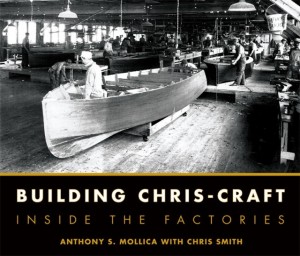
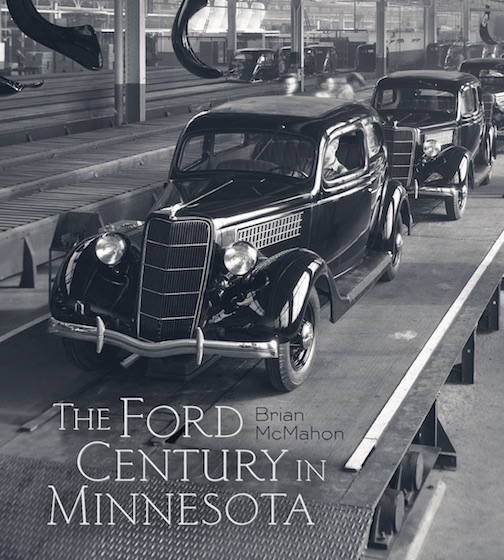

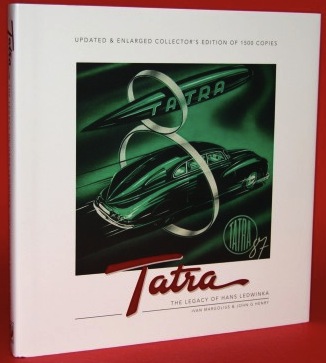



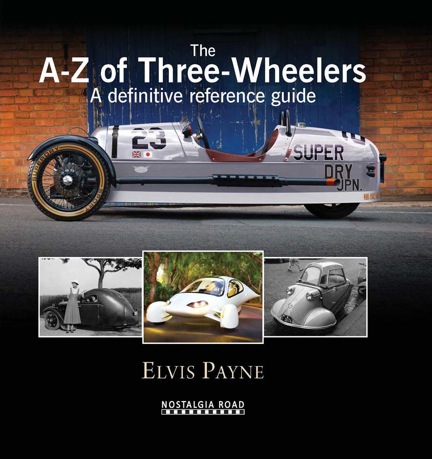

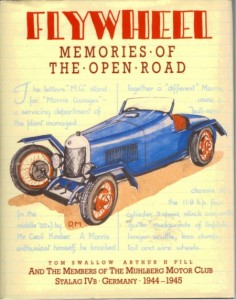
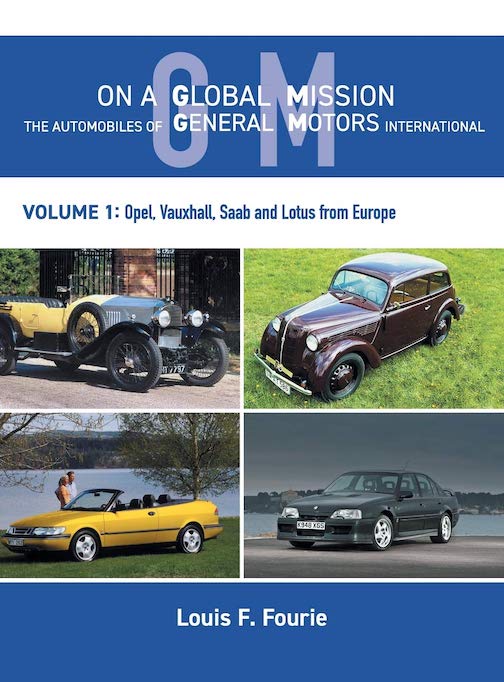

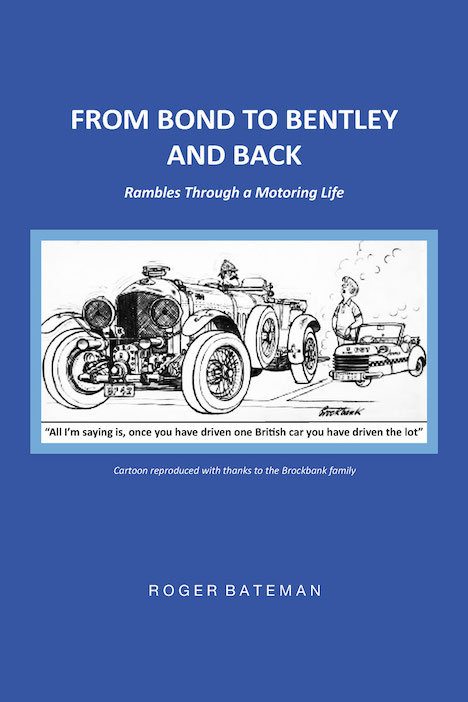
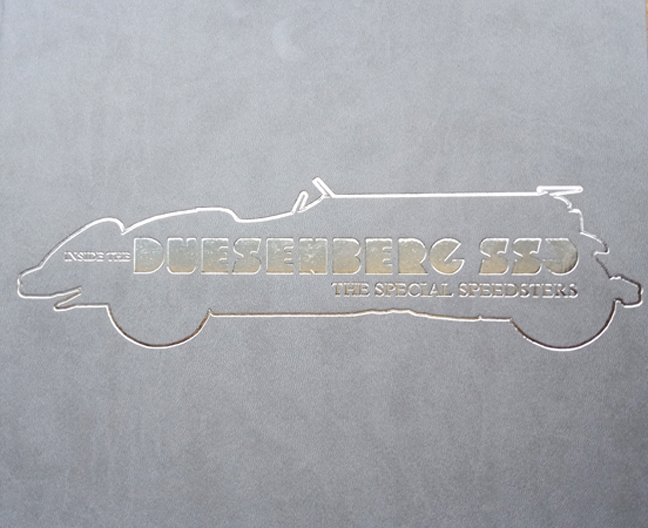

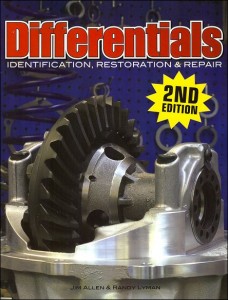


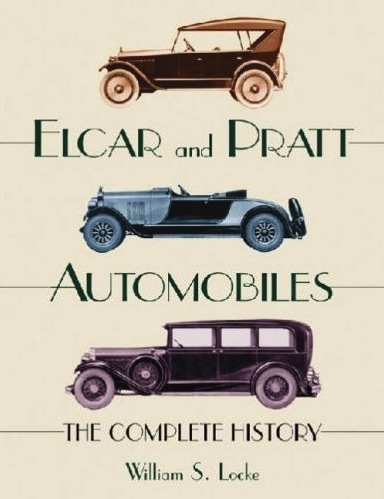


 Phone / Mail / Email
Phone / Mail / Email RSS Feed
RSS Feed Facebook
Facebook Twitter
Twitter